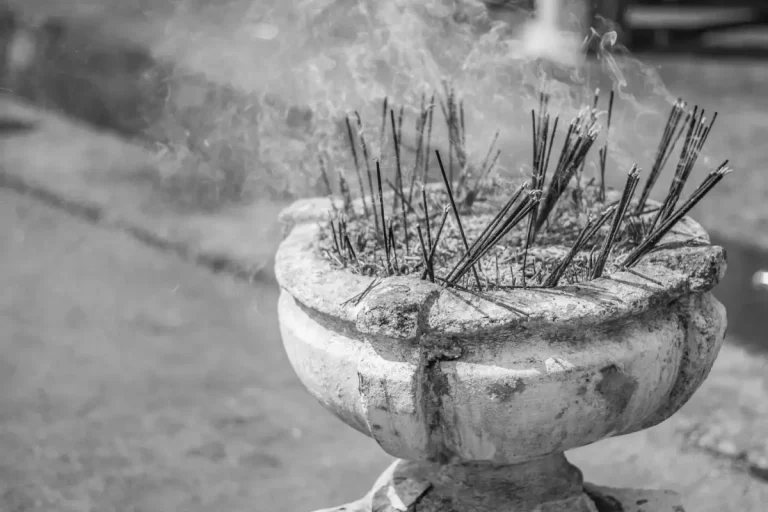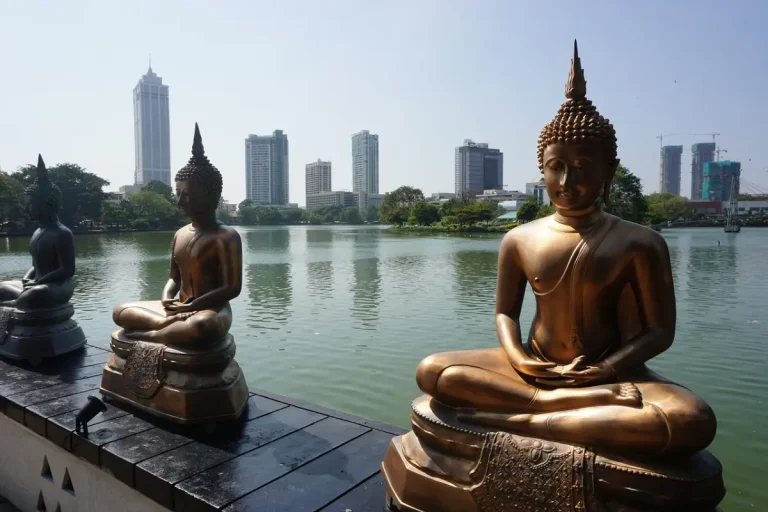The Rich Flavors of Sri Lanka Traditional Foods
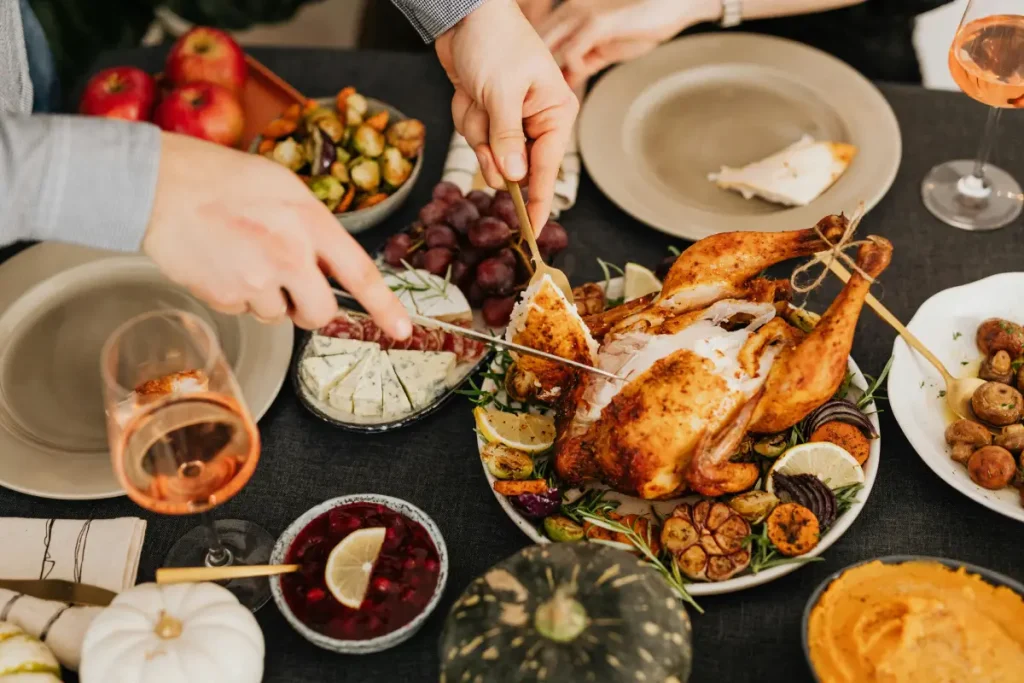
Sri Lanka, a tropical island in the Indian Ocean, is renowned for its vibrant culture, breathtaking landscapes, and exquisite cuisine. With a history shaped by centuries of trade and colonial influences, the country boasts a diverse culinary heritage that reflects its multicultural identity. Traditional Sri Lankan food is a medley of bold flavors, aromatic spices, and wholesome ingredients, offering a sensory journey that captures the essence of the island.
A Brief History of Sri Lankan Cuisine
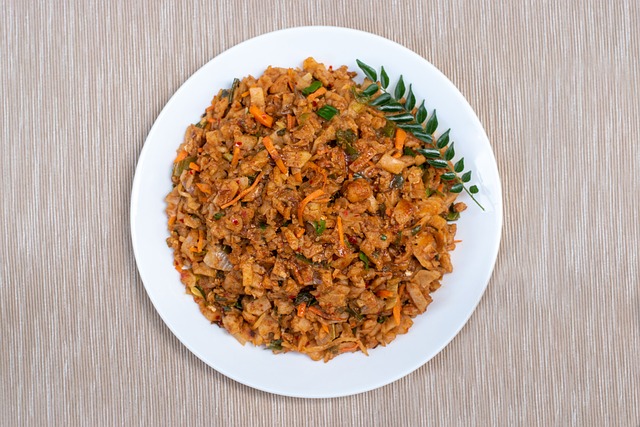
Sri Lankan cuisine has evolved over thousands of years, influenced by traders, colonial powers, and neighboring countries. Arab, Chinese, Malay, Indian, Portuguese, Dutch, and British culinary traditions have all left their mark on the island’s food culture. Despite these influences, Sri Lanka has preserved its unique identity, creating dishes that are distinctively Sri Lankan.
The island’s fertile soil and tropical climate provide an abundance of fresh ingredients such as rice, coconuts, spices, and tropical fruits. These staples are the backbone of traditional Sri Lankan dishes, making the cuisine both flavorful and nutritious.
Staple Foods in Sri Lankan Cuisine
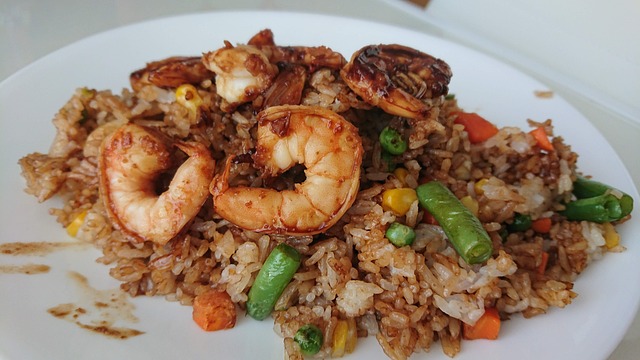
1. Rice: Rice is the cornerstone of Sri Lankan meals and is often accompanied by a variety of curries and side dishes. It is served in many forms, including steamed rice, fried rice, and milk rice (kiribath), which is a celebratory dish made with coconut milk.
2. Coconut: Coconut is a vital ingredient in Sri Lankan cooking, used in various forms such as grated coconut, coconut milk, and coconut oil. It lends a creamy texture and a rich flavor to curries, desserts, and even beverages.
3. Spices: Sri Lanka is known as the “Spice Island,” and its cuisine is a testament to this title. Key spices include cinnamon, cardamom, cloves, nutmeg, and black pepper. These are often blended into unique curry powders and pastes that form the foundation of many dishes.
Iconic Sri Lankan Dishes
1. Rice and Curry: A traditional Sri Lankan meal typically consists of steamed rice served with an array of curries made from vegetables, lentils, fish, or meat. Each curry is distinct in flavor, ranging from mild and creamy to spicy and tangy. Popular curries include:
Parippu (Dhal Curry): A comforting dish made with red lentils, coconut milk, and spices.
Fish Curry: Fresh fish cooked in a spicy and sour gravy.
Jackfruit Curry: Tender pieces of jackfruit simmered in a spiced coconut milk base.
2. Hoppers (Appa): Hoppers are bowl-shaped pancakes made from a fermented batter of rice flour and coconut milk. They can be served plain, with a fried egg in the center (egg hoppers), or accompanied by a spicy sambal.
3. String Hoppers (Idiyappam): These delicate, lacy noodles are made from steamed rice flour dough. They are usually served with coconut milk, curries, or pol sambol (a coconut relish).
4. Kottu Roti: Kottu Roti is a popular street food made by stir-frying chopped flatbread with vegetables, eggs, meat, and spices. The rhythmic clanging of metal spatulas on the griddle is synonymous with kottu preparation.
5. Lamprais: A Dutch-inspired dish, lamprais consists of rice cooked in stock and accompanied by meat curry, fried eggplant, and sambal, all wrapped in a banana leaf and baked to perfection.
6. Pittu: Pittu is a steamed cylinder of ground rice layered with coconut. It is often served with coconut milk and curries for a hearty meal.
7. Samosas and Patties: These snacks reflect the island’s multicultural heritage. Samosas are triangular pastries filled with spiced potatoes or meat, while patties are crescent-shaped pastries with savory fillings.
Traditional Sweets and Desserts
1. Watalappan: A rich coconut custard flavored with jaggery, cardamom, and nutmeg, watalappan is a favorite dessert, especially during festive occasions.
2. Kalu Dodol: A sticky, sweet treat made from coconut milk, jaggery, and rice flour. It requires hours of stirring but is worth the effort.
3. Kokis: Crispy and golden, kokis are deep-fried snacks made from a batter of rice flour and coconut milk. They are often shaped using decorative molds.
4. Sri Lankan Love Cake: This dense, spiced cake is made with semolina, cashew nuts, and candied peel. Its name reflects its romantic origins and is a testament to the island’s colonial past.
5. Pol Toffee: A coconut-based fudge flavored with sugar and cardamom, pol toffee is a beloved sweet treat.
Popular Beverages
1. Ceylon Tea: Sri Lanka is one of the world’s largest tea producers, and Ceylon tea is celebrated for its quality. Whether enjoyed plain, with milk, or as masala chai, tea is an integral part of Sri Lankan hospitality.
2. King Coconut Water: The refreshing water from king coconuts is a natural hydrator and a must-try for visitors to the island.
3. Toddy and Arrack: Toddy, a fermented drink made from coconut sap, is a traditional beverage, while arrack is a distilled spirit that is often mixed with soda or enjoyed straight.
Regional Variations
Sri Lanka’s regional diversity is reflected in its cuisine. For example:
Northern Cuisine: Influenced by Tamil traditions, this region offers spicy curries and unique dishes like Jaffna crab curry.
Southern Cuisine: Known for its seafood specialties, including ambul thiyal (sour fish curry).
Hill Country Cuisine: In areas like Kandy and Nuwara Eliya, dishes often feature milder flavors and fresh vegetables.
Preserving Tradition in Modern Times
While fast food and international cuisines have gained popularity in urban areas, traditional Sri Lankan food remains a cherished part of the culture. Efforts are being made to document and promote traditional recipes, ensuring they are passed down to future generations. Many home cooks and chefs are also experimenting with modern interpretations of classic dishes, creating a fusion of tradition and innovation.
Conclusion
Sri Lankan cuisine is a celebration of the island’s natural bounty, rich history, and diverse cultural influences. Each dish tells a story, connecting people to their roots and traditions. Whether you’re savoring a spicy curry, indulging in a sweet treat, or sipping a cup of Ceylon tea, Sri Lankan food offers an unforgettable culinary adventure. Exploring this cuisine is not just about satisfying your taste buds but also about embracing a culture that values flavor, community, and heritage.
If you’re planning a visit to Sri Lanka or simply want to experience its flavors from your own kitchen, dive into the world of Sri Lankan traditional foods. You’ll discover a treasure trove of dishes that are as vibrant and diverse as the island itself.
